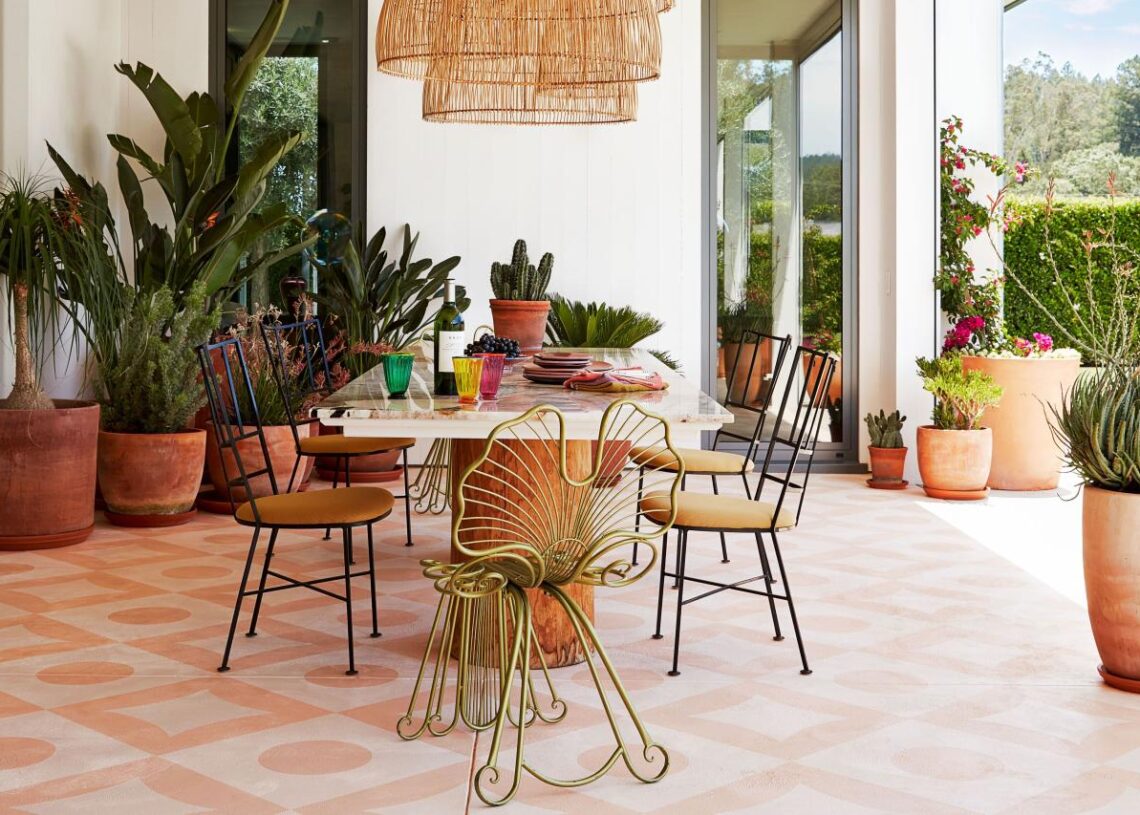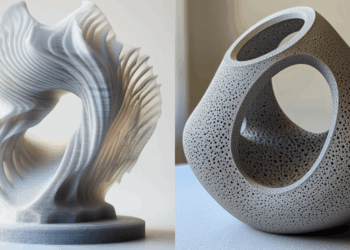In an era of mass-produced furniture, a select group of chairs commands prices exceeding $10,000 – with some design icons selling for over $100,000 at auction. What transforms ordinary seating into high-value art? This 2,500-word investigation uncovers the hidden factors behind ultra-luxury chair design, from secret manufacturing techniques to psychological status signaling that makes these pieces worth their astonishing price tags.
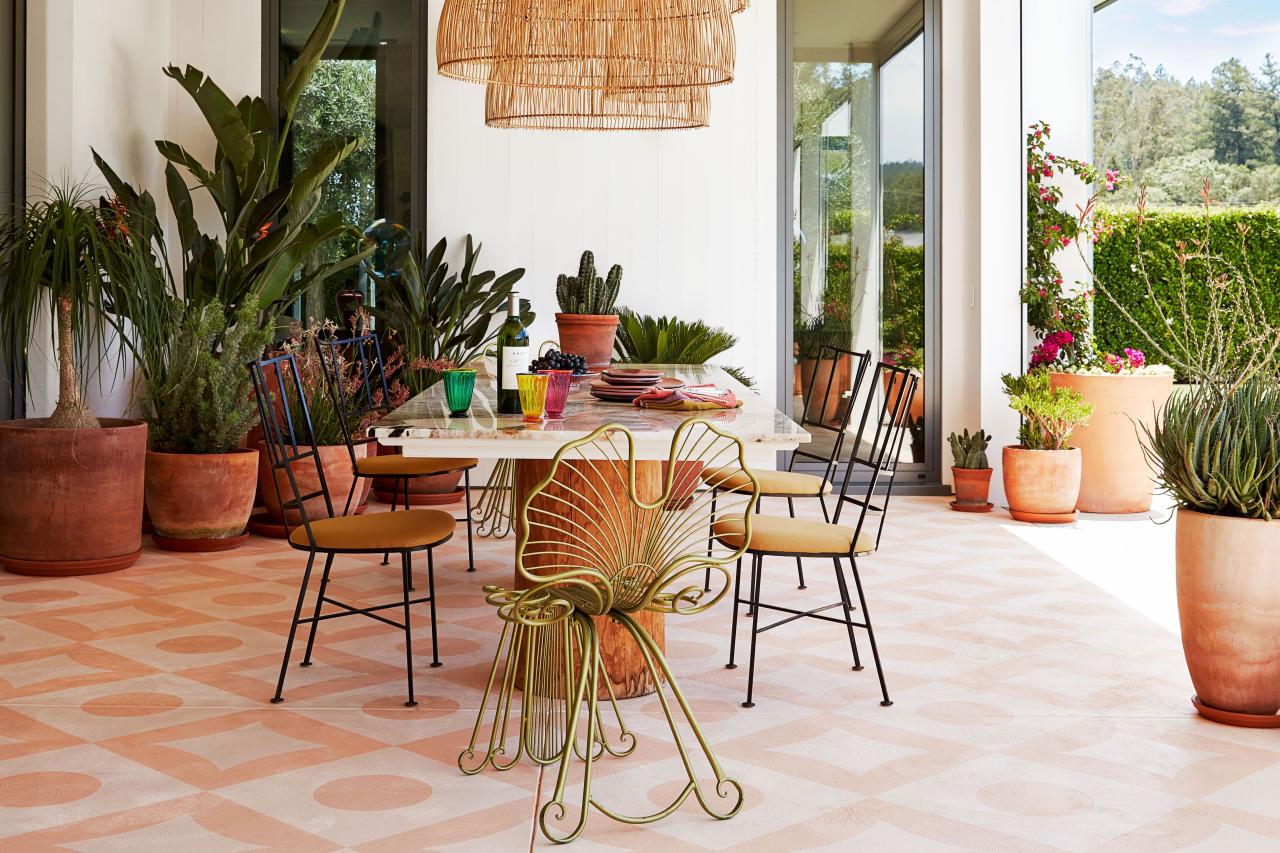 A. Anatomy of a $10,000 Chair
A. Anatomy of a $10,000 Chair
-
Material Alchemy
-
Rare woods with 50-year drying processes
-
Aerospace-grade aluminum alloys
-
Hand-stitched leather from specialty tanneries
-
-
Engineering Secrets
-
Patent-protected ergonomic systems
-
Military-grade suspension mechanisms
-
Micro-adjustable components
-
-
Artisan Techniques
-
200+ hour handcrafting processes
-
Generational workshop knowledge
-
Discreet maker’s marks
-
B. 5 Hidden Factors Justifying the Price
1. The Torture Test Requirement
-
100,000+ simulated sits
-
Extreme climate testing
-
Chemical resistance trials
2. Celebrity Provenance
-
Royal family commissions
-
Architect estate pieces
-
Hollywood auction history
3. Mathematical Perfection
-
Golden ratio proportions
-
Negative space calculus
-
Weight distribution algorithms
4. Supply Chain Mysteries
-
Single-source materials
-
Artisan apprenticeship systems
-
Geographically protected resources
5. Psychological Pricing
-
Deliberate scarcity creation
-
Auction house strategies
-
Status symbol positioning
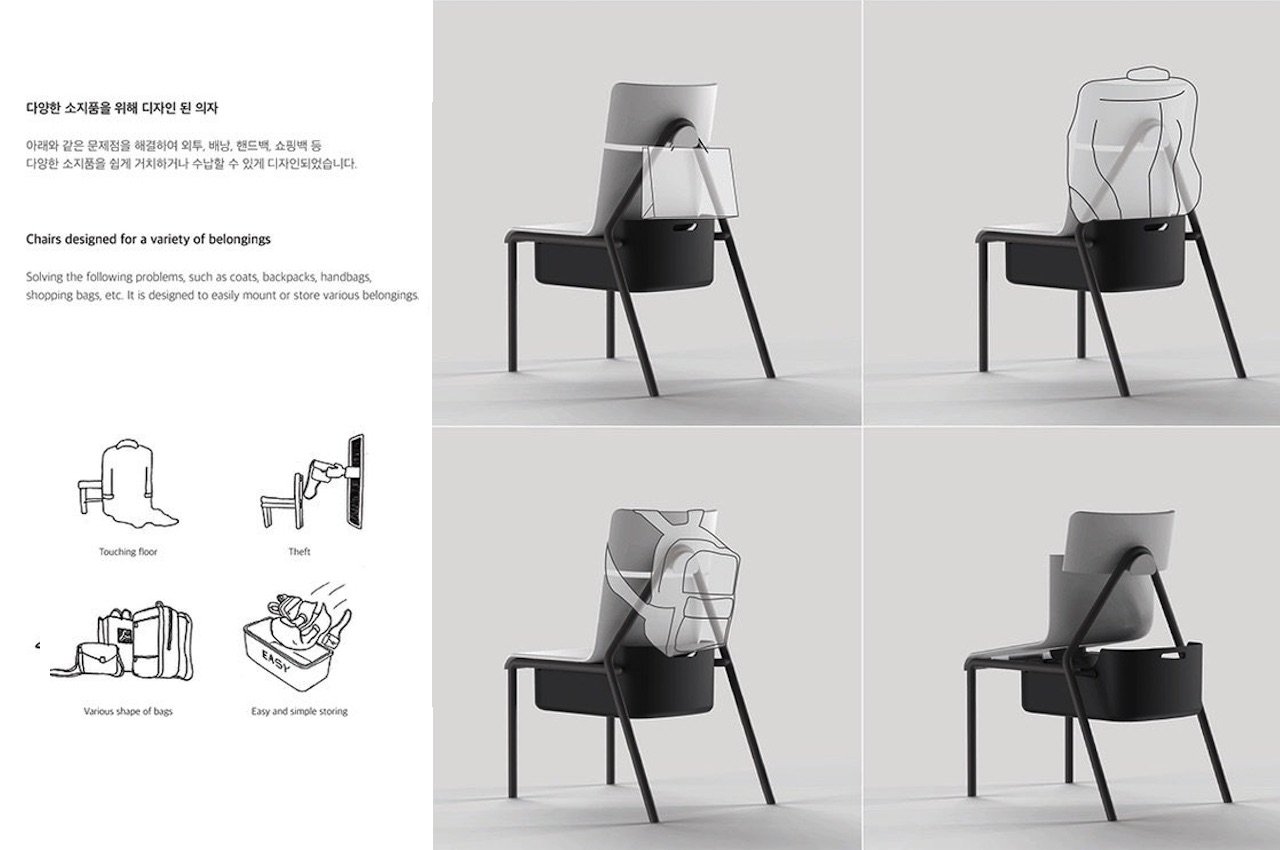 C. Iconic Models and Their Stories
C. Iconic Models and Their Stories
-
The Barcelona Chair (1929)
-
Mies van der Rohe’s modernist gamble
-
Original vs authorized reproductions
-
$25,000+ for vintage pieces
-
-
The Eames Lounge (1956)
-
NASA-inspired engineering
-
139 production steps
-
Herman Miller’s quality control
-
-
The Dragon Chair (2023)
-
3D-printed titanium frame
-
Bio-responsive cushioning
-
$110,000 limited edition
-
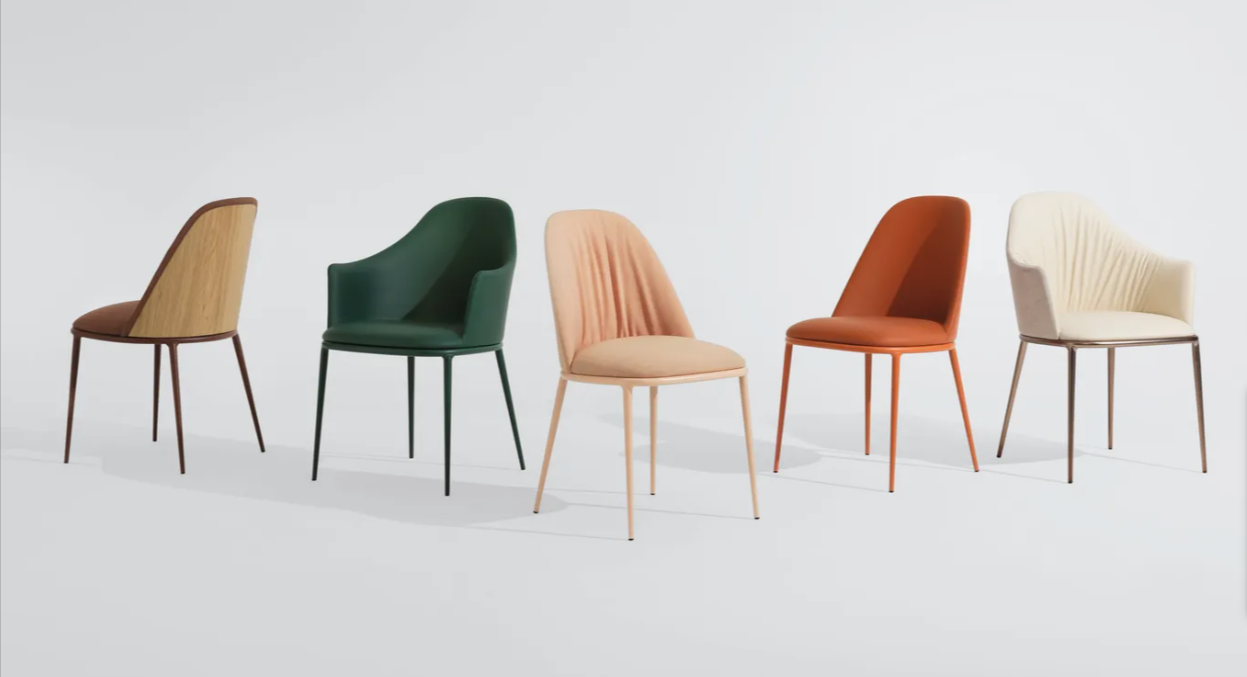 D. The Underground Authentication Market
D. The Underground Authentication Market
-
Spotting Fakes
-
Weight discrepancy tells
-
Stitching pattern analysis
-
Molecular material testing
-
-
Provenance Research
-
Archive documentation
-
Exhibition histories
-
Original purchase receipts
-
-
Restoration Ethics
-
When to repair vs preserve
-
Approved conservators
-
Value-impacting mistakes
-
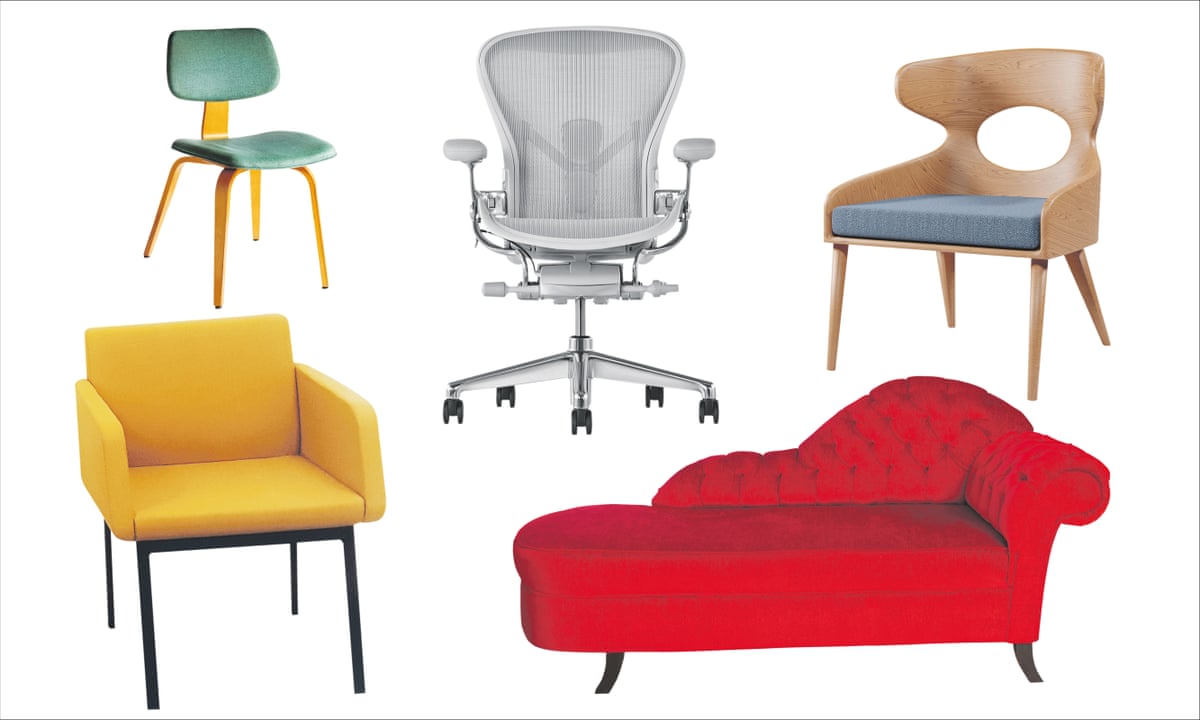 E. Psychology of Ultra-Luxury Buyers
E. Psychology of Ultra-Luxury Buyers
-
Status Signaling
-
Subtle recognition markers
-
Conversation piece value
-
Interior designer cred
-
-
Investment Mindset
-
12% annual appreciation rates
-
Portfolio diversification
-
Inflation hedging
-
-
Sensory Experience
-
Tactile memory creation
-
Proprioceptive benefits
-
Multisensory design
-
F. Future of High-End Furniture
-
Tech Integration
-
Self-adjusting ergonomics
-
Embedded wellness sensors
-
Augmented reality provenance
-
-
Sustainable Luxury
-
Carbon-negative production
-
Heirloom certification
-
Repair-not-replace models
-
-
New Market Frontiers
-
Digital twin collectibles
-
Micromanufacturing
-
Space-ready designs
-
Conclusion
The world of five-figure chairs represents far more than seating – it’s a fascinating intersection of art, engineering, psychology, and economics. As manufacturing becomes increasingly automated, these masterpieces of human craftsmanship gain new relevance, reminding us that true luxury can’t be rushed or replicated. For designers and collectors alike, they represent the pinnacle of what’s possible when form follows function at the highest level.
Tags: luxury furniture, chair design, collectible design, interior design, design icons, furniture investing, design history, craftsmanship, ergonomic design, status symbols

